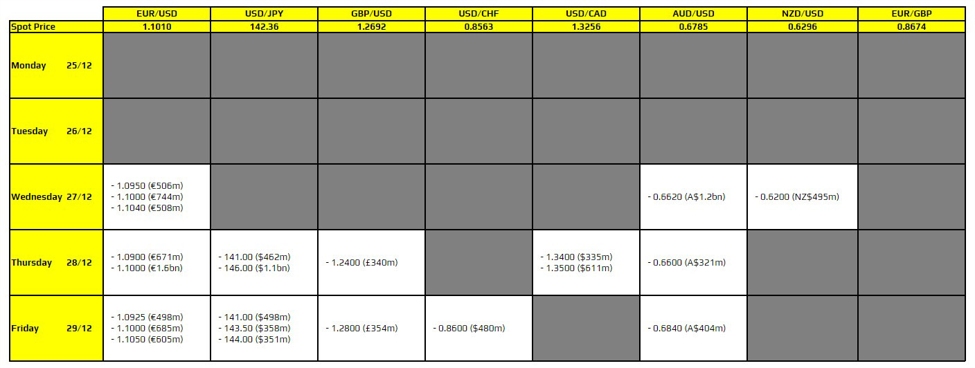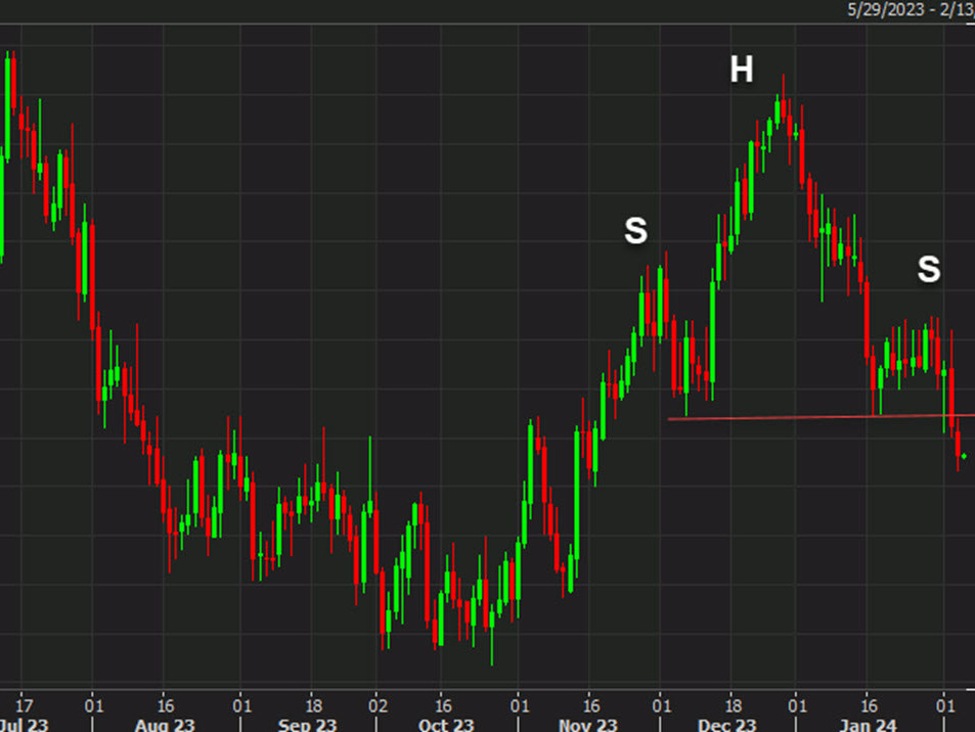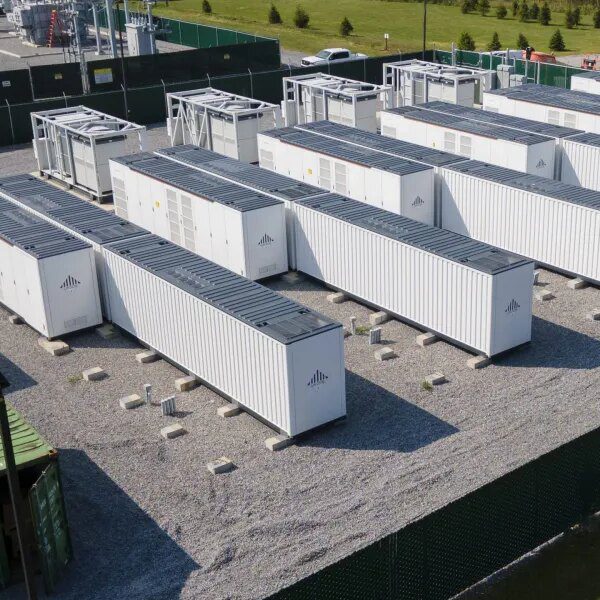- Prelim was 52.0
- Prior was 53.0
- Whilst firms sought to pass on higher supplier costs
to clients, competitive pressures and signs of faltering
demand meant output charge inflation softened to an eight-
month low - Job losses recorded amid uncertain outlook
Chris Williamson, Chief Business Economist at S&P
Global Market Intelligence
“US manufacturing production rose for a fourth
successive month in September, but the upturn lost
momentum as companies reported a drop in order book
growth alongside a buildup of unsold finished goods
inventories.
“Despite a slowing in demand growth, many factories
produced more goods, using up raw materials that
had been stockpiled ahead of tariff implementation.
This poses a downside risk to future production in the
absence of a pickup in demand, though also hints at
some alleviation of price pressures: there is already
evidence of companies offering excess stock to
customers at reduced rates.
“A growing uncertainty, however, relates to supply
chains, with September seeing an increase in tariff-
related vendor delays, which threaten to curb production
and push up prices if these difficulties persist or
intensify.”
This article was written by Adam Button at investinglive.com.















